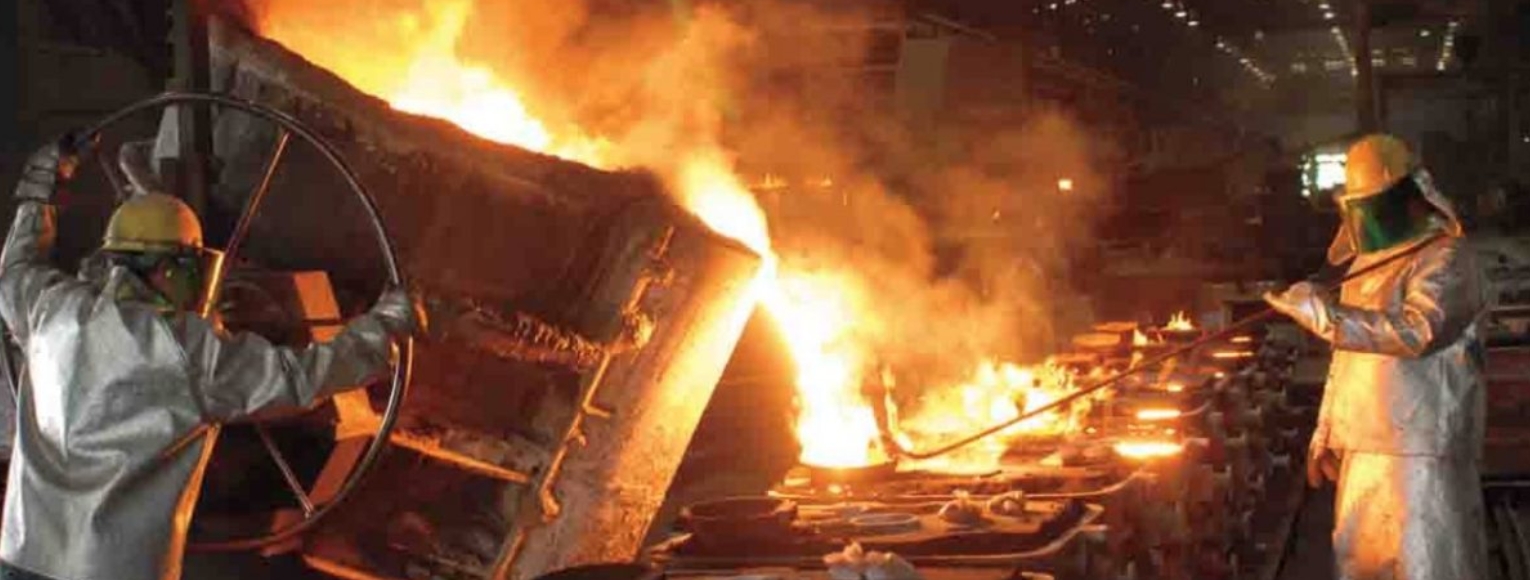Lost Foam Casting and Sand Casting are two different foundry processes used for creating metal parts, each with its unique advantages and disadvantages. Let’s compare them:

Lost Foam Casting (LFC)
- Process: In lost foam casting, a foam model of the desired shape, typically made of polystyrene, is created. This foam model is then buried in loose sand that is unbounded. When molten metal is poured into the mold, it vaporizes the foam and takes its place, thus creating the metal part.
- Precision and Detail: Lost foam casting is known for its ability to produce complex and precise shapes with excellent detail. The foam model can be created with intricate details, which are accurately replicated in the metal casting.
- Surface Finish and Tolerances: Generally, lost foam casting provides a better surface finish and tighter tolerances than traditional sand casting.
- Materials: It’s suitable for a variety of metals but is especially advantageous for high-melting-point metals.
- Cost and Efficiency: The tooling costs are relatively lower compared to other methods. However, the cost per unit can be higher due to the foam used in the process. It’s more efficient for small to medium batch sizes.
- Environmental Impact: The process generates harmful fumes due to the vaporization of foam, requiring proper ventilation and environmental controls.
Sand Casting
- Process: In this traditional casting process, a pattern (typically made of wood, metal, or plastic) is used to create a mold in sand. The sand is mixed with a binder to hold its shape. Molten metal is poured into the mold cavity formed by the sand. After cooling, the metal part is removed.
- Precision and Detail: Sand casting is less precise compared to lost foam casting. Fine details are harder to achieve, and the surface finish is generally rougher.
- Surface Finish and Tolerances: The surface finish is not as smooth as lost foam casting, and tolerances are generally broader.
- Materials: Sand casting is versatile, suitable for a wide range of metals and alloys, and is particularly cost-effective for casting large parts.
- Cost and Efficiency: It has lower tooling costs and is more economical for large batch production. The per-unit cost can be lower, especially for large parts.
- Environmental Impact: Sand casting has its environmental concerns, mainly related to the disposal of used sand and binder chemicals.
Conclusion
- Lost Foam Casting is preferred for complex shapes, high levels of detail, and when a good surface finish is required. It’s more suitable for small to medium batches.
- Sand Casting is advantageous for large parts, large production runs, and when the casting’s fine details are not as critical. It’s more versatile in terms of the metals that can be used.
The choice between the two largely depends on the specific requirements of the part to be cast, including its size, complexity, desired surface finish, production volume, and cost considerations.
